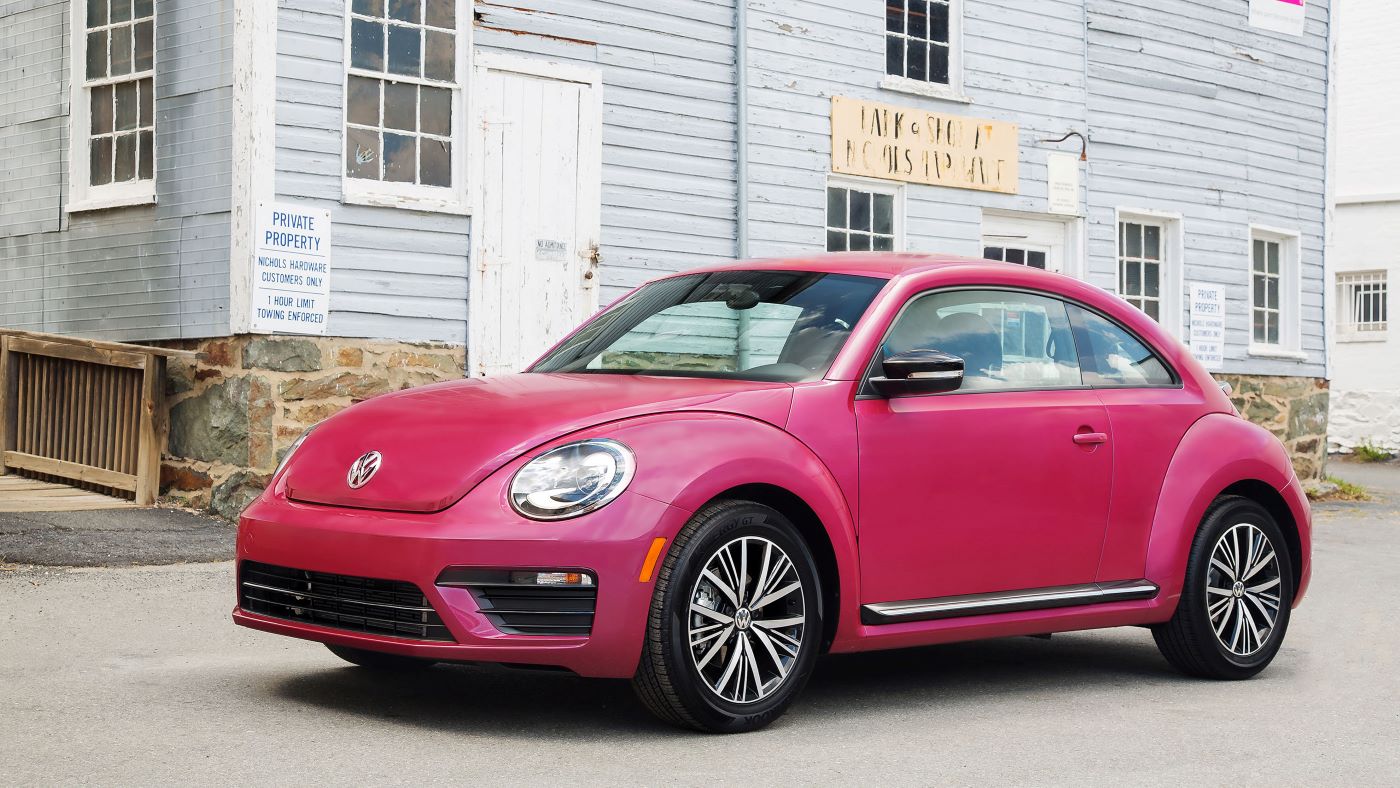Seat belts are among the most crucial safety features in any vehicle. Since their widespread adoption in the mid-20th century, seat belts have saved millions of lives by restraining occupants during collisions and sudden stops.
However, not all seat belts are created equal. While they may meet regulatory standards, their real-world usability varies significantly, especially for larger or taller adults.
One of the most frequently overlooked aspects of vehicle design is seat belt length, which can become a major comfort and safety issue for drivers and passengers alike. Short seat belts don’t just make rides uncomfortable—they can also discourage proper usage or lead people to seek unsafe aftermarket extensions or adjustments.
For adult passengers with larger builds, longer torsos, or broader shoulders, a short seat belt can dig into the chest or neck, fail to secure the lower abdomen properly, or even be impossible to buckle. While manufacturers are increasingly mindful of ergonomic needs and body diversity, some cars still fall behind.
Subcompact models, sports cars, and some older models are particularly notorious for offering seat belts that feel tight, restrictive, or just plain unusable for bigger adults. Ironically, many of these vehicles are popular among people who enjoy long-distance travel or urban commuting scenarios where safety and comfort are paramount.
In this article, we will explore ten vehicles commonly noted for their seat belts being too short for adults. This list includes models across various categories—from compact hatchbacks to full-size SUVs—highlighting that short seat belts can appear in vehicles of all sizes and classes.
Each section will provide a detailed overview of the model, the specific seat belt issues reported, and why these issues matter from both a usability and safety standpoint. If you’ve ever struggled to buckle up in a certain car, you might just find it on this list.
Also read: 5 Reliable Used Convertibles and 5 That Have Crazy Roof Leaks
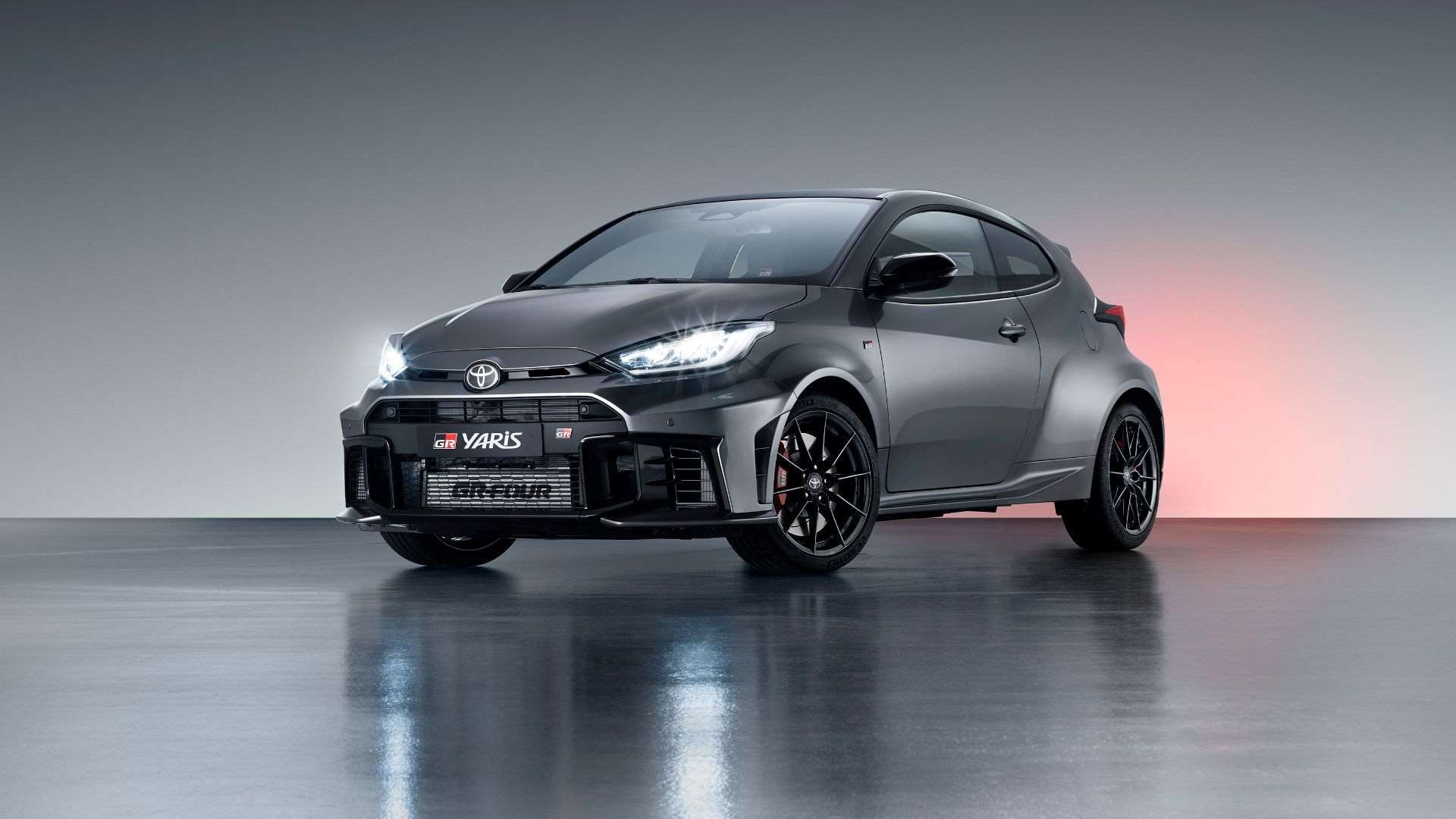
1. Toyota Yaris
The Toyota Yaris, known for its compact design and reliable engineering, has long been a favorite among budget-conscious buyers and city dwellers.
While it offers exceptional fuel economy and a nimble driving experience, its compact size creates limitations, particularly in the cabin space. One of the most overlooked yet critical issues in the Yaris is the seat belt length.
Many adult drivers and passengers report that the seat belts are uncomfortably short, especially for those with a larger frame. The seat belts often sit high across the chest or rub against the neck, particularly for taller occupants who are unable to adjust the belt anchor position to a more ergonomic height.
The issue is most pronounced in older models, particularly those produced between 2006 and 2015, where the compact nature of the Yaris directly influenced interior space and ergonomics. The seat belt retractors in these vehicles tend to engage quickly and pull the belt tight, leaving minimal room for movement or adjustment.
This aggressive tension, while meant to enhance crash protection, ends up being a hindrance for users who need extra slack for comfort. Even newer models, while slightly improved, still suffer from belt anchoring points that don’t accommodate a wide variety of body types.
Unlike some of its competitors, the Yaris often lacks adjustable upper mounts, making the problem worse. This issue not only affects the comfort of the ride but also introduces a safety concern.
If a seat belt is too tight or uncomfortable, some users may be tempted to forego buckling up properly or use aftermarket belt extenders, which may not meet safety regulations.The Yaris, while exemplary in reliability and ease of maintenance, compromises usability for larger adults.
In essence, it caters well to the average-sized occupant but ignores the real-world needs of people who fall outside those measurements. For anyone considering the Yaris as a daily driver or family car, this is a serious factor to weigh during the purchase decision.
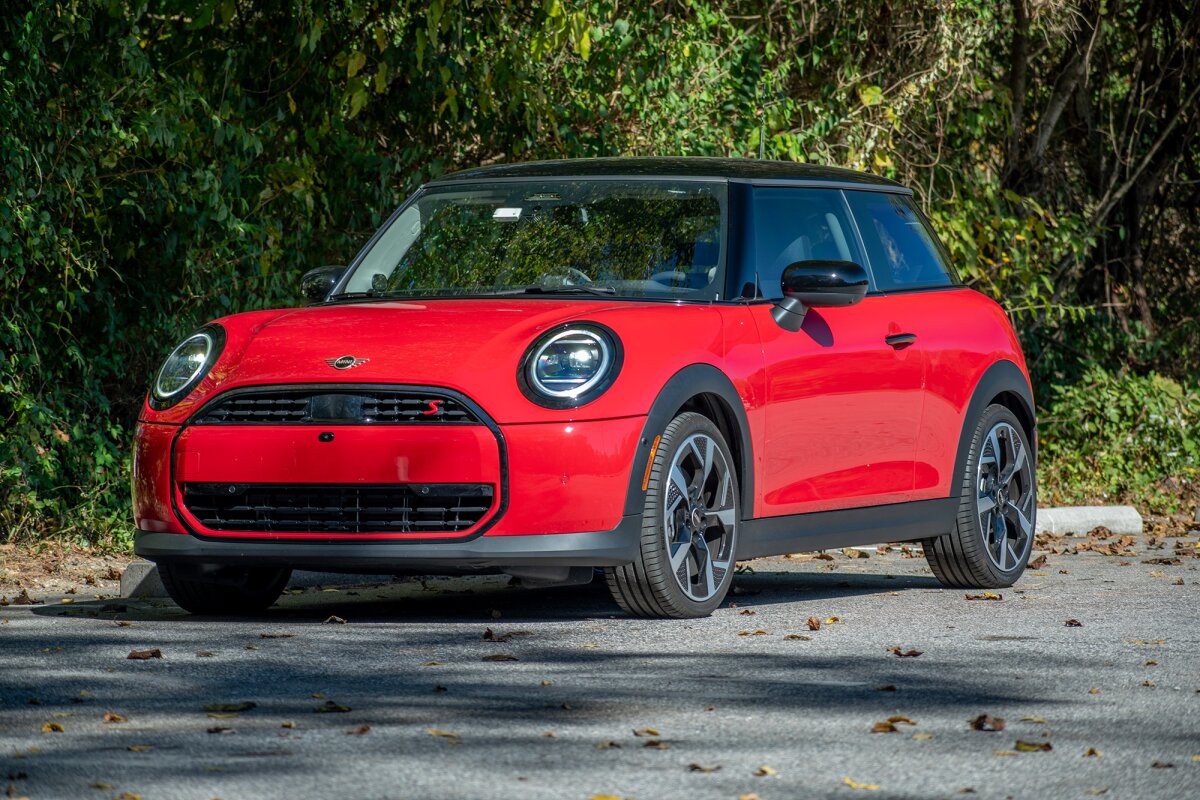
2. Mini Cooper
The Mini Cooper is an icon of British design and automotive culture, known for its quirky styling and fun-to-drive personality. However, its charm doesn’t always translate to practicality, especially in terms of interior dimensions and ergonomics. One persistent issue that plagues the Mini Cooper across generations is the length and functionality of its seat belts.
While its small footprint contributes to agile handling, it also results in a cramped cabin, where seat belts feel short and inflexible. For adult passengers who are tall, broad-shouldered, or carry extra weight, buckling up in a Mini Cooper can feel restrictive and downright uncomfortable.
The bucket-style front seats, designed to enhance the sporty aesthetic and driving experience, inadvertently worsen the situation. They curve inward and create a limited range for movement, forcing the seat belt to stretch at an unnatural angle across the chest or lap.
The B-pillar—the part of the frame that holds the seat belt anchor—is closer than in most cars, meaning the belt pulls more tightly across the body.
Many larger adults report that they must adjust the seat far back to find legroom, which in turn makes the belt feel even shorter due to the awkward anchoring geometry. In some trims, especially older Cooper S or JCW editions, there are no adjustable anchors at all.
This problem is even more frustrating in the rear seats, especially in the two-door variants. Access is difficult enough, but once seated, adults may find it nearly impossible to latch the belts without compressing themselves into uncomfortable positions. Given the Mini’s premium branding and higher-than-average price tag for a small car, this oversight is disappointing.
It signals a design philosophy that leans more toward style and driving thrill than passenger inclusivity. For anyone who prioritizes comfort or needs more flexibility in their seatbelt fit, the Mini Cooper, despite its fun factor, might not be the best option.
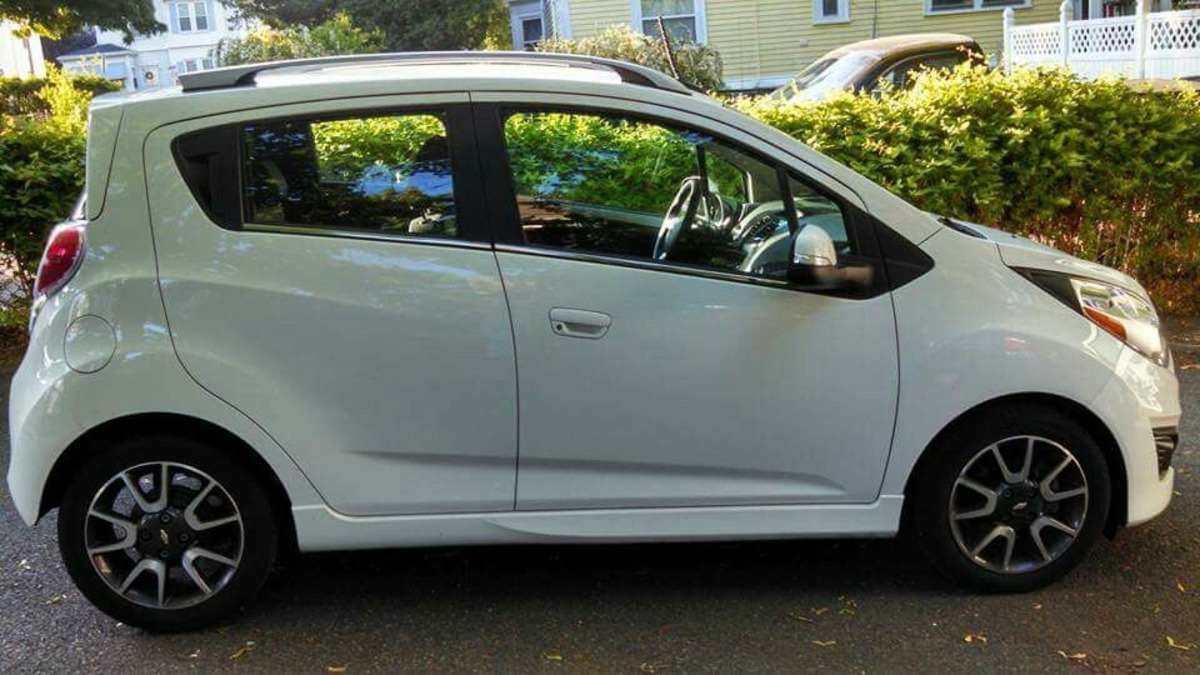
3. Chevrolet Spark
Chevrolet’s Spark has gained traction among urban commuters and first-time car buyers thanks to its low price, compact size, and surprisingly modern tech features. However, its affordability often reflects some significant compromises in comfort and build quality, including the design of its seat belt system.
For adult passengers—especially those with broader shoulders, a large chest, or a bigger waist—the Spark’s seat belts tend to feel restrictive right from the start. The belts are short, and their positioning makes them feel even tighter, leading to reports of discomfort even during brief drives.
The front seat belt anchors are mounted low and recessed toward the back of the B-pillar, which causes the belt to wrap diagonally in a way that cuts across the shoulder and neck, particularly for taller adults. Adding to the problem, the belt retractors engage with high tension and often don’t offer sufficient slack.
This can make the seat belt feel like it’s pulling the occupant into the seat rather than securing them comfortably. For drivers who need to adjust their seat backward for legroom, the belt length becomes more of an issue, as there’s less webbing left to stretch across a larger torso.
Combined with thin and upright seat backs, the situation can be very uncomfortable for long-distance travel. Rear-seat passengers fare even worse in the Spark.
The back seats are notably tight, and the seat belts are mounted in fixed positions that do not cater to larger body types. Adults trying to sit in the rear often have to shift the front seats forward just to make enough room to fasten the belt.
This makes the vehicle impractical for adults who routinely carry passengers or want to use all seats in a functional capacity. While the Spark delivers on fuel economy and urban maneuverability, its shortcomings in seat belt usability for adults are a significant drawback. It’s a reminder that affordability shouldn’t come at the cost of fundamental comfort and safety.
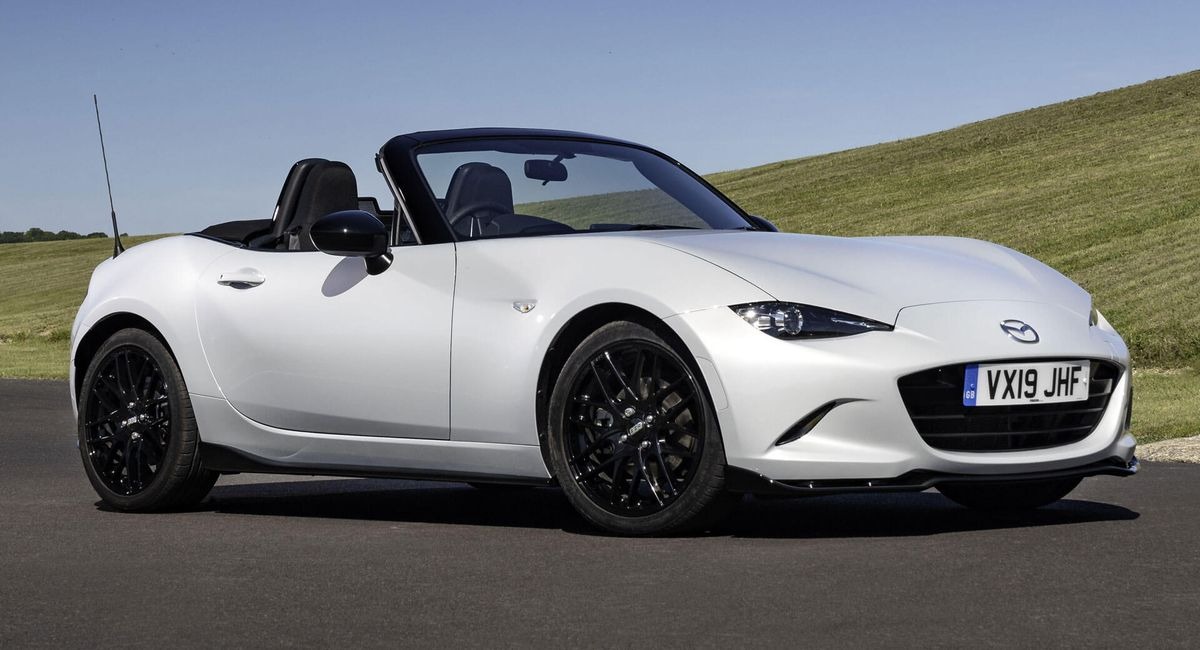
4. Mazda MX-5 Miata
The Mazda MX-5 Miata is widely considered one of the most enjoyable sports cars to drive, offering a lightweight frame, rear-wheel drive, and precise handling. Yet for all its strengths on the track or backroad, the Miata makes significant sacrifices in interior room, most notably, seat belt length and fit.
The Miata’s cabin is incredibly tight, with a cockpit-style layout that puts everything within arm’s reach but leaves very little room for the occupant to move freely. For taller or broader individuals, this limited space turns the seat belt into an obstacle rather than a safety feature.
Seat belts in the Miata are often mounted on the seat itself or on the roll hoop behind the shoulder, depending on the model year.
This unconventional mounting location results in a belt that has a more rigid path and limited slack. When a tall or heavyset person enters the car, the belt must stretch across an already snug seating area, often creating excessive pressure on the chest or hip.
Additionally, the Miata’s low-slung design and sport bucket seats naturally recline the occupant’s posture, which shortens the usable belt path further. Many taller drivers report that they must slouch or tilt the seat back just to get the belt to latch without feeling pinched.
What makes the issue more concerning is that the Miata offers very few customization options for this problem. There are no upper anchor height adjustments, and aftermarket solutions like extenders or modified brackets may interfere with the car’s built-in safety systems.
Mazda has engineered the Miata for lightweight performance, but in doing so, has compromised on accessibility and comfort for a wide range of users.
For driving enthusiasts who fall within the average body size range, this may not be an issue. However, anyone who values daily drivability and comfort should consider the Miata’s belt limitations as a serious drawback.

5. Honda Fit
The Honda Fit has earned a loyal following for its intelligent use of space and surprising cargo capacity, often touted as a small car with big versatility. Despite its clever “Magic Seat” system and roomy feel, the Fit doesn’t fully deliver when it comes to seat belt comfort, particularly for adults with above-average body dimensions.
In the front seats, taller and broader drivers frequently encounter belts that ride too high or pull uncomfortably across the upper chest. The belt anchors are often fixed and offer little in the way of vertical adjustment, limiting ergonomic flexibility for taller occupants.
Adding to this, the Fit’s retractor system is very responsive, pulling the belt taut with minimal force. While this is good for crash responsiveness, it can feel constrictive during everyday driving.
For individuals with a larger torso or midsection, the belt may not offer enough give to allow relaxed movement, causing pressure on the chest or stomach that can lead to physical discomfort over time.
Some owners have even resorted to third-party extenders to increase comfort, though such solutions may not always be safe or approved for use. Unfortunately, Honda has not made significant design changes to address this issue, even in more recent models.
In the back seat, things don’t improve much. While the Fit technically has room for three passengers, adult occupants often find it difficult to secure the seat belt without leaning awkwardly or pulling the belt with significant effort. The rear belts are short and mounted in fixed, low points that make them a challenge to reach and buckle for anyone over a certain size.
This is disappointing given how effectively the Fit handles storage and cargo space—it’s clear that seat belt ergonomics weren’t prioritized with the same ingenuity. For buyers who appreciate the Fit’s practical perks, this may be a deal-breaker when considering daily comfort and long-term usability.
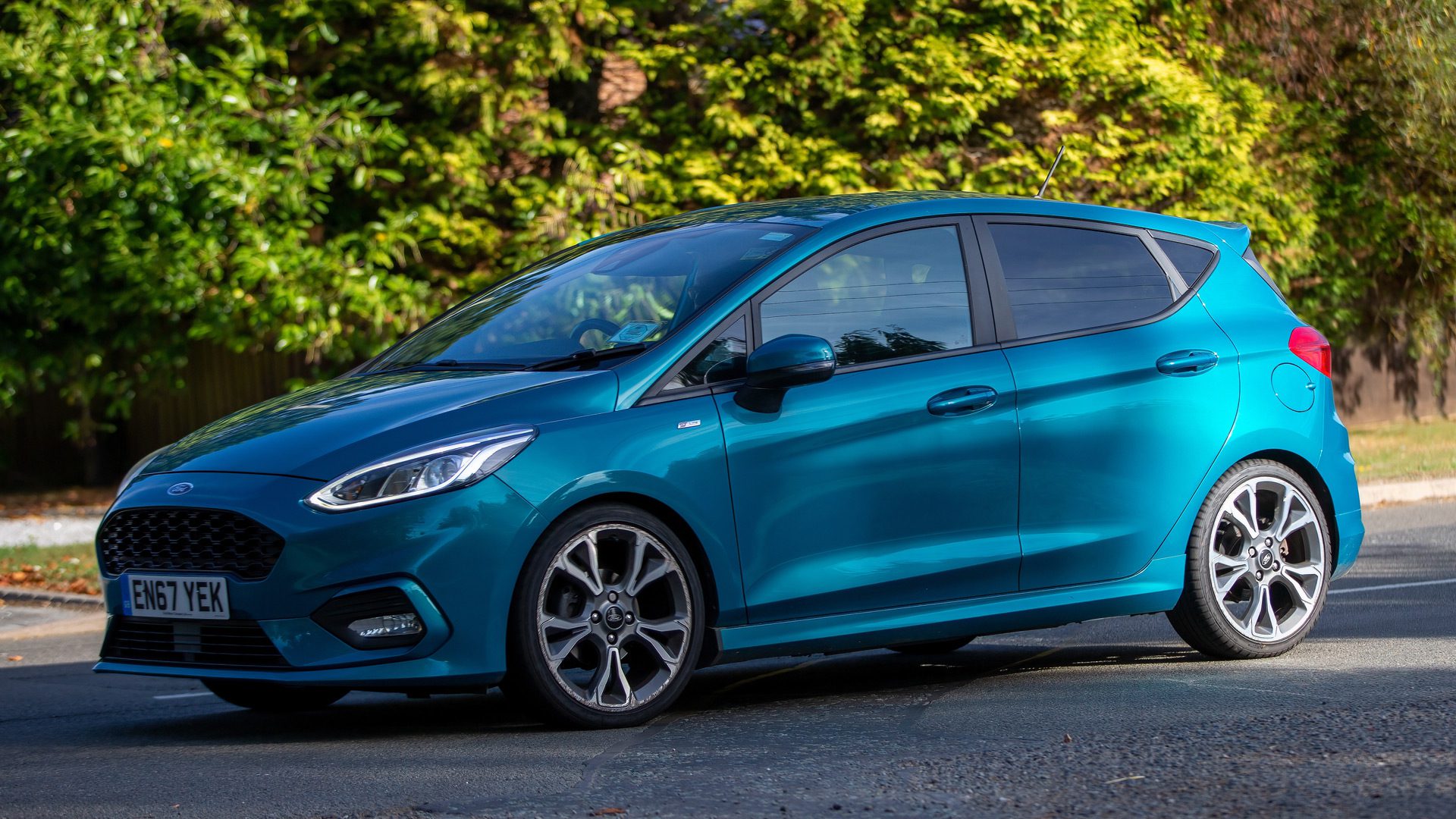
6. Ford Fiesta
The Ford Fiesta, particularly in its earlier generations, is a compact car designed with economy and agility in mind. It’s a hit among younger drivers and city commuters due to its affordability and nimble handling.
However, comfort for larger adults wasn’t high on the list during its design phase, which becomes especially evident in its seat belt system.
The belts in the front seats are mounted at low and fixed positions along the B-pillar, offering very limited adjustability.
This leads to an awkward belt angle that can ride high on the shoulder or dig into the neck, especially for taller drivers. The belt often feels snug from the outset, and for bigger adults, it may even feel restrictive or borderline unusable.
Many drivers report that as they slide their seats back for legroom, the seat belt begins to feel even shorter. This is a frustrating trade-off, especially for those with long legs or larger frames who need that extra room up front.
The retractor system in the Fiesta also plays a role in the discomfort—it tends to lock up quickly and doesn’t offer enough slack during normal driving conditions.
This means that the belt remains tightly drawn across the body, reducing comfort during long drives or quick turns. Combine this with narrow seats and a relatively small cabin, and it’s easy to see why the Fiesta doesn’t cater well to larger occupants.
The rear seat situation is equally, if not more, problematic. The back seat belts are notoriously tight and angled awkwardly, with anchors often hidden between the seat cushion and backrest. Adults trying to use the back seats may find themselves struggling just to click the belt in place.
Once buckled, the belt can feel like it’s pulling them forward or pressing uncomfortably against their torso. While the Fiesta is a good vehicle for short city trips, it fails to provide inclusive comfort, especially in the realm of seat belt ergonomics. For a car that’s otherwise reliable and efficient, this is a surprising and disappointing oversight.
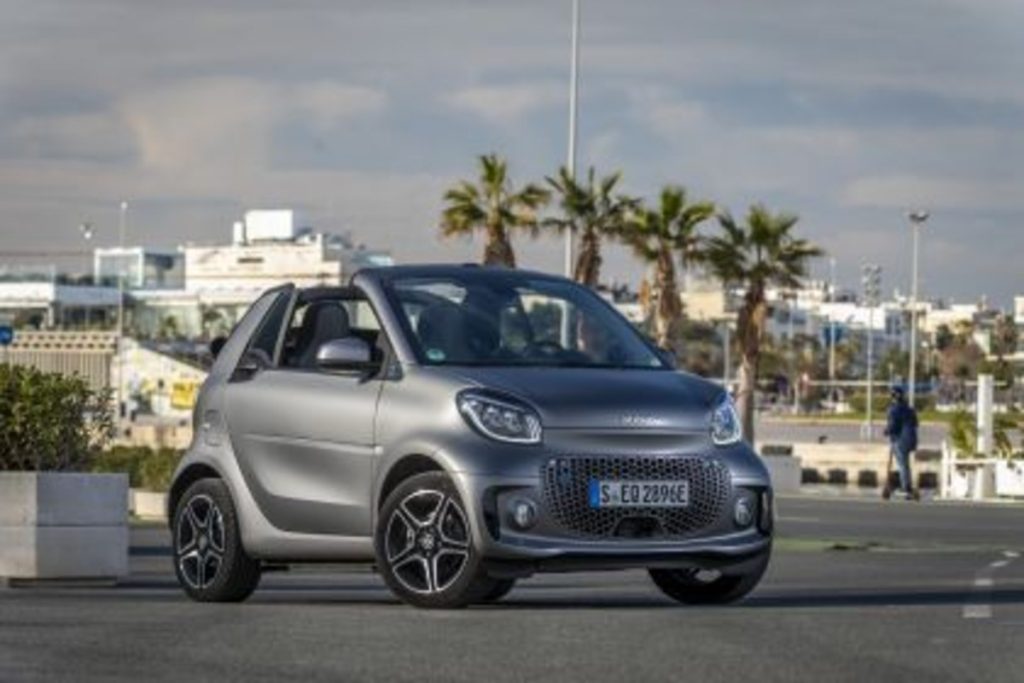
7. Smart Fortwo
The Smart Fortwo is perhaps the most compact road-legal vehicle in many countries, designed to make urban parking a breeze and fuel costs minimal. While its minimalist design has niche appeal, the car’s micro-size interior poses real issues for adult comfort, particularly when it comes to seat belt length.
The seat belts in the Fortwo are mounted directly to the seats themselves and feature limited slack. Larger adults often find that buckling up feels like squeezing into a corset, with the belt stretched to its maximum before they even pull out of the driveway.
Because the seat itself is small and set very close to the car’s side structure, the belt doesn’t drape naturally across the body. It tends to ride high on the chest and press tightly against the abdomen, especially for people with broader shoulders or those wearing layered clothing.
There’s also no adjustable anchor to reposition the belt, which limits any effort to make the system more comfortable. Even for average-sized adults, this creates a sense of restriction that’s hard to ignore during a longer trip.
The car’s ultra-short wheelbase and bumpy ride can also make the seat belt dig in during sudden stops or turns, exacerbating the feeling of tightness. Rear seats aren’t a concern in the Fortwo, since it only accommodates two passengers, but this makes the seat belt issue even more pressing—there’s nowhere else to sit, and no flexibility in cabin design to relieve the discomfort.
Despite its eco-friendly mission and clever urban design, the Smart Fortwo feels almost exclusionary in terms of who can ride comfortably in it. For someone larger than the average adult, the belt’s insufficient length and poor ergonomics make this car a less-than-smart choice for everyday transportation.
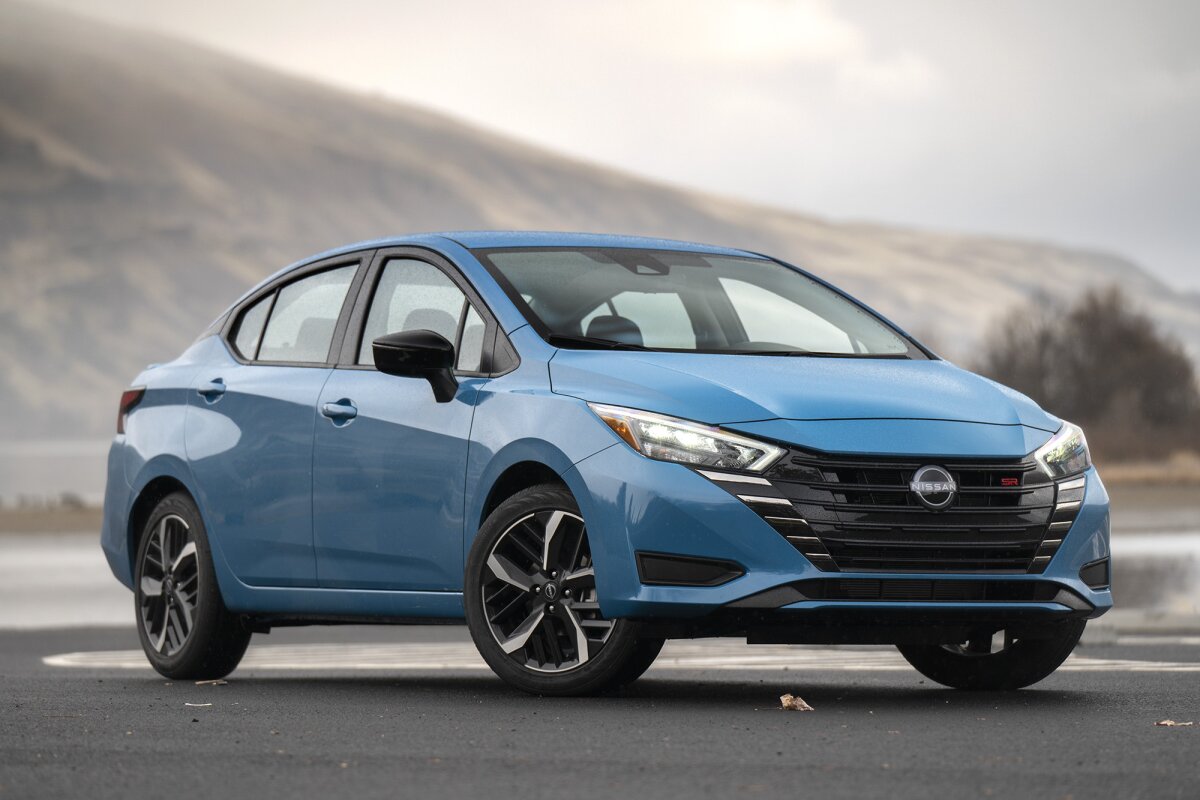
8. Nissan Versa
The Nissan Versa is often marketed as a budget-friendly compact sedan with a surprisingly spacious cabin for its class. However, despite these claims, the Versa has consistently drawn criticism from larger adults when it comes to seat belt length and fit.
Especially in the pre-2015 models, the seat belts tend to feel too short and are mounted in ways that make them difficult to use for anyone with a larger frame. While the cabin itself feels open, the belts create a sense of confinement, with limited flexibility and high retraction tension.
The problem starts with the geometry of the seating area. The seat backs are tall and firm, with narrow cushions that don’t allow for much repositioning. This limits the angle at which the belt can rest against the body. For larger adults, this often means the belt cuts across the side of the neck or rests awkwardly over the chest.
Additionally, the belt retractors pull the belt tight almost immediately, creating a constantly snug fit that makes driving uncomfortable, especially on longer commutes. Without adjustable anchor points in many trims, the only option is to manually adjust the seat position, which may compromise visibility or legroom.
In the rear seats, the issues persist. Although the Versa boasts decent rear legroom, the seat belts back there are short and stiff. They tend to lock prematurely when passengers lean back or shift positions, creating a restrictive feel. For adults riding in the back, especially during longer trips, this can make the ride frustrating and tiring.
It’s unfortunate because the Versa offers a good ride quality, modern tech for its price point, and decent fuel economy. But when a basic safety feature like a seat belt causes discomfort or usability concerns, it undercuts the appeal of the car.
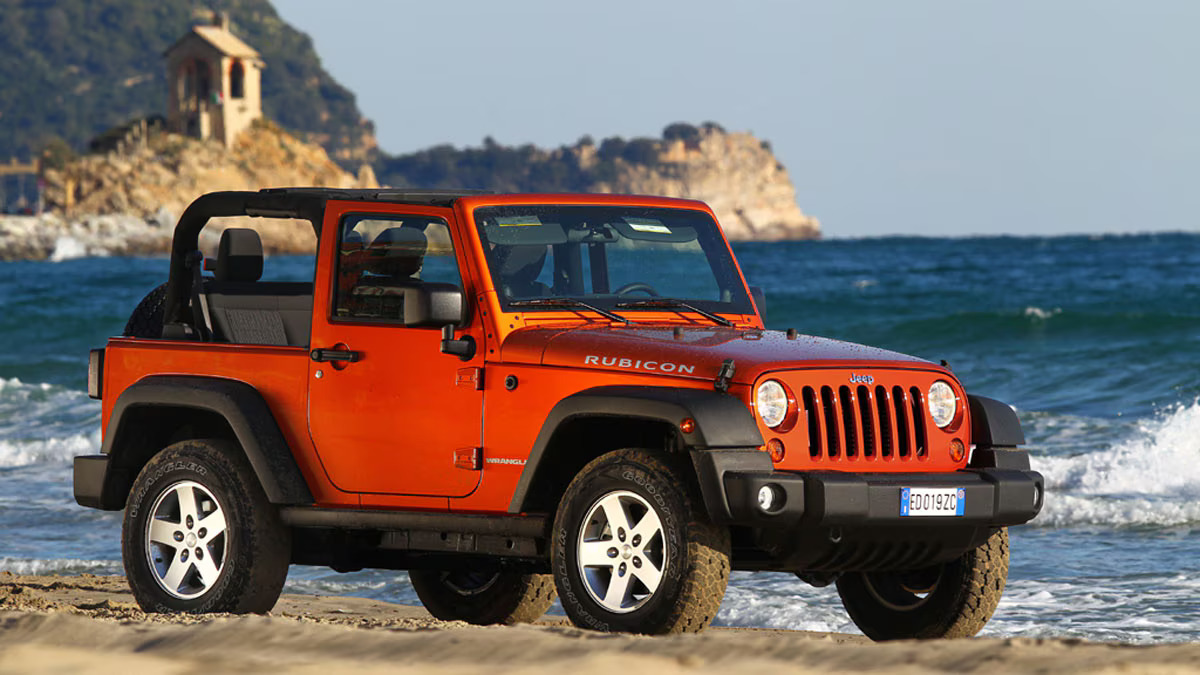
9. Jeep Wrangler (2-Door Model)
The Jeep Wrangler is built for adventure. Known for its off-road capability and rugged design, it offers freedom and functionality in terrain that most vehicles can’t handle.
Yet in its 2-door version, it also delivers a cramped, barebones experience that doesn’t translate well for everyday driving, particularly for adults who need a longer, more accommodating seat belt. The short seat belts in this model are a common frustration for larger occupants, often limiting mobility and comfort during even the shortest drives.
In the Wrangler’s 2-door variant, the doors are smaller and the seats are closer to the vehicle’s center, leaving very little lateral space. The belt anchors are mounted on or near the roll cage rather than on traditional B-pillars. This results in a more vertical belt path that doesn’t conform naturally to a tall or wide frame.
When combined with stiff retraction and minimal slack, the belt becomes more of a restraint than a comfort or safety feature. Tall drivers, in particular, may find that the belt crosses the side of their neck or upper arm in ways that not only feel wrong but could be dangerous in a crash.
Rear-seat passengers in the 2-door Wrangler get the worst deal. Accessing the rear is already difficult, and once seated, larger adults find that the belt feels too short to stretch comfortably across the torso. The belts are mounted at odd angles due to the unique interior layout, and seat positions don’t offer much adjustment.
Despite its rugged appeal and undeniable charm, the Wrangler 2-door’s lack of ergonomic inclusivity makes it a poor choice for adults who don’t fit the mold of the “average-sized” off-roader. The 4-door version does improve on some of these concerns, but still carries remnants of the same issues in design philosophy.
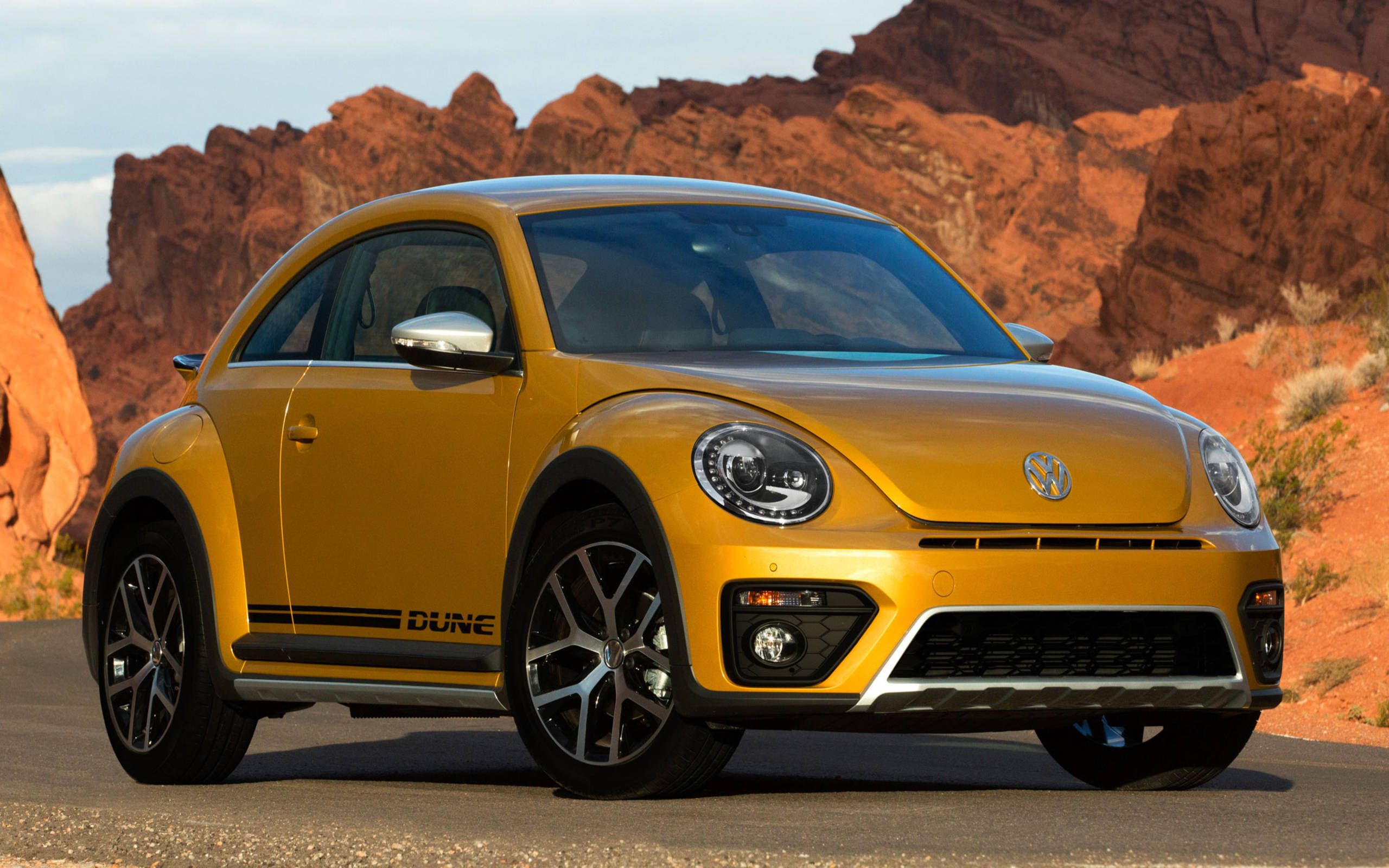
10. Volkswagen Beetle (New Beetle Models)
The New Beetle, launched in the late 1990s and continuing into the early 2010s, brought a wave of nostalgia with its retro design and curvy silhouette. It appealed to buyers looking for a stylish compact car with personality.
However, beneath the charm, the Beetle harbors several ergonomic flaws—chief among them, the seat belt length and fit. Adult drivers who are tall, broad-shouldered, or carry extra weight often report that the seat belts are barely long enough to fasten comfortably, especially when the seat is positioned rearward for legroom.
Part of the problem lies in the car’s rounded, bubble-like interior. The cabin is vertically narrow, and the seat positioning is relatively low. This causes the seat belt anchor to sit at an awkward height relative to the driver’s shoulder.
Taller occupants often find that the belt cuts across their neck, while shorter individuals find it riding too high over the chest. With limited adjustability, users have few options to improve fit. The belt also tends to pull tightly across the lap and waist, especially for heavier drivers, leading to discomfort during daily commutes or long-distance trips.
Rear-seat access and usability are even worse. The coupe design and sloping roofline limit space, and the rear belts are short and recessed into tight seat crevices. Adults sitting in the back often have to twist and maneuver just to retrieve the belt, let alone buckle it.
Once latched, the belt may not lie flat, leading to added pressure on the stomach or hips. While the Beetle scores high in style and uniqueness, it scores low in inclusive seat belt design—an issue that undermines its potential as a practical, everyday vehicle for adults of all sizes.
Also read: 10 Safe and Affordable Cars in 2025 That Earned IIHS Top Safety Pick Plus Ratings
Seat belts are a fundamental part of every vehicle’s safety system, but they must be functional and comfortable to truly serve their purpose. A seat belt that’s too short can discourage proper use, cause discomfort, and even contribute to injuries during an accident.
As we’ve seen in this list, short belts aren’t just a problem in tiny city cars—they appear across all kinds of vehicles, from subcompacts to off-roaders. The issue often stems from design priorities that overlook the physical diversity of modern drivers and passengers.
Car manufacturers have made significant strides in improving crash safety and structural design, but ergonomics and accessibility still need attention. Adjustable seat belt anchors, longer webbing, and better seat-belt geometry are relatively simple changes that can make a massive difference in comfort and usability. In many cases, even the addition of a factory-authorized belt extender would help bridge the gap without compromising safety.
If you’re in the market for a new or used vehicle and are concerned about seat belt fit, it’s important to test the belt system during a test drive, especially if you or your passengers are above average in size or height. A car may score high on efficiency or aesthetics, but if the seat belt doesn’t fit, it’s simply not a safe or comfortable choice for you.
Awareness is the first step toward better design, and hopefully, lists like this will encourage both consumers and automakers to consider inclusivity not just in design, but in everyday driving experience.

